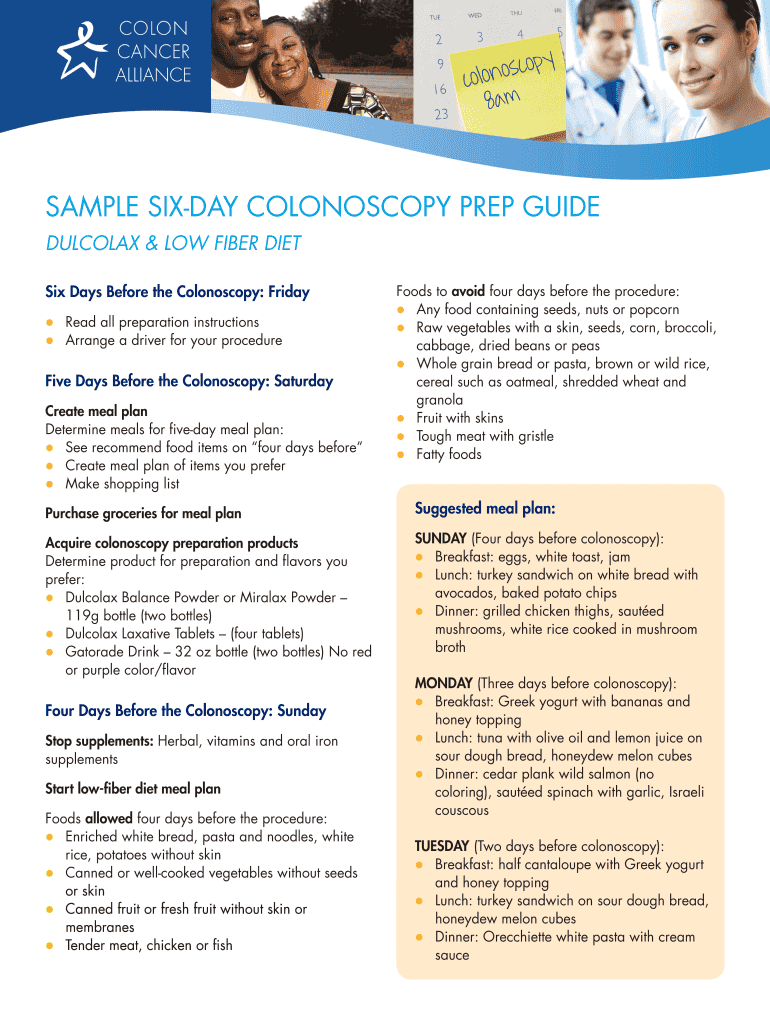Smart Ways to Create a Low-Fiber Diet Menu for 2025

Effective Low-Fiber Diet Menu Examples for 2025
Embarking on a low-fiber diet can be essential for managing various gastrointestinal issues or preparing for specific medical procedures. Understanding suitable meal options and low-fiber recipes is vital for maintaining proper nutrition while respecting dietary restrictions. This article provides practical examples of a well-balanced low-fiber meal plan for different times of the day, focusing on low-fiber foods and cooking methods that ease digestion.
Low-Fiber Breakfast Ideas
Starting the day with a low-fiber breakfast is crucial for maintaining energy levels while staying within dietary guidelines. It can set the tone for the rest of your meals and affect your overall well-being. Consider options that are nutritious yet gentle on the digestive system, focusing on ingredients like refined cereals and smoothies for their ease of digestion.
Refined Cereals and Dairy
A bowl of refined cereals, such as rice cereal or Cornflakes, can be an excellent morning option. These cereals are low in fiber and easy to prepare. Top them with regular milk or almond milk for added flavor and nutrients. For a protein boost, consider adding a small amount of yogurt or cottage cheese. This combination not only fuels your morning but also helps avoid any gastrointestinal discomfort.
Instant Oatmeal and Bananas
Instant oatmeal is another amazing choice for those following a low-fiber diet. It's quick to prepare and can be customized slightly to fit your taste. Consider adding mashed bananas and a sprinkle of cinnamon for a satisfying meal. The bananas provide potassium benefits while remaining gentle on digestion. This combination keeps your fiber intake low while offering the necessary warmth and satisfaction of a good breakfast.
Quick and Easy Low-Fiber Lunch Options
For low-fiber lunch selections, focus on building a meal plan with gentle ingredients to foster smooth digestion. Salads can sometimes be fiber-laden, so it's essential to choose wisely and include soft vegetables or simple protein options. Whether working at home or on the go, these meals work for different busy lifestyles.
Lean Meats and Creamy Soups
A wonderful lunch idea can feature lean meats like boiled chicken breast or turkey. Pair it with a bowl of creamy soups, such as potato or cream of chicken soup, which are comforting and easy to digest. The creamy texture of the soups makes them soothing for the stomach, while the proteins from the meat help keep you full longer.
Steamed Vegetables and White Rice
Another balanced lunch option is a serving of white rice topped with soft and gently cooked vegetables like steamed carrots and zucchini. These vegetables can easily be prepared and have a low impact on digestion compared to their raw counterparts. This meal provides essential nutrients without overwhelming the gastrointestinal tract.
Low-Fiber Dinner Ideas for Optimal Digestion
Completing your day with a low-fiber dinner can help ensure that your digestive system remains at ease. Dinner should be satisfying and nourishing while emphasizing simple ingredients that fit your diet plan. Here are a couple of meal examples to inspire you.
Pasta with Lean Protein
Whole grain choices are out, but simple pasta made from white flour, such as macaroni or spaghetti, is fair game. Toss in well-cooked, lean meats such as skinless chicken thighs or fish. Consider adding some low-fiber condiments like a gentle Alfredo sauce or butter for added flavor without introducing too much fiber.
Mashed Potatoes with Gravy
Another comforting dinner option can be mashed potatoes with a touch of gravy, paired once again with a smooth-cut of turkey or chicken breast. These meals provide warmth and a sense of fullness, fitting perfectly within the confines of your low-fiber meal plan. Don't forget to add a bit of sour cream for an even creamier texture.
Smart Snack Ideas on a Low-Fiber Diet
Snacking allows for additional energy throughout the day but should align with low-fiber principles. Choosing appropriate options ensures you meet your caloric needs while sticking to dietary restrictions. Here are some enjoyable low-fiber snacks to consider.
Low-Fiber Desserts
When sweet cravings strike, don't hesitate to indulge in low-fiber desserts. Instant pudding or gelatin can often give satisfaction with their creamy or jellied texture. Pair these desserts with a dollop of creamy whipped topping to elevate your treat. You can also enjoy some candy or a small portion of ice cream for additional sweetness without compromising your diet.
Fruit Juices and Nut Butters
While fresh fruits might be off the menu, refined fruit juices such as apple or grape juice can be a refreshing option. Smooth peanut butter is another alternative. Spread a thin layer on white bread or serve it with jelly for a yummy yet gentle bite. These snacks help meet your caloric needs while respecting your low-fiber lifestyle.
Adhering to a low-fiber diet does not mean compromising pleasure or nutrition. Building diverse meal plans with these examples allows individuals to maintain variety in their food choices while ensuring easier digestion.
Key Takeaways
- Opt for cooked or refined foods to maintain a low intake of dietary fiber.
- Incorporate lean proteins and low-fiber vegetables into your meals.
- Explore comforting low-fiber snacks to enhance meal enjoyment and minimize digestive irritations.
FAQ
1. What foods should I avoid during a low-fiber diet?
You should typically avoid nuts, seeds, whole grains, raw vegetables, and fruits with skins or seeds. These items are high in fiber and can cause gastrointestinal discomfort. Instead, stick with low-fiber foods.
2. How can I ensure I am getting the right nutrients on a low-fiber diet?
Focus on incorporating a well-rounded variety of low-fiber foods, including dairy products, lean meats, and well-cooked vegetables. Balance your meals and consider nutrient timing to help meet your dietary needs without excess fiber.
3. Are there any health benefits to a low-fiber diet?
A low-fiber diet can help alleviate gastrointestinal symptoms for individuals with certain digestive conditions. It can ease digestive stress, promote comfort, and aid in recovery for those with specific health conditions or who undergo certain medical procedures.
4. How can I modify recipes to suit a low-fiber meal plan?
For a low-fiber diet, opt for using white rice instead of brown, swap whole-grain flour with white flour in recipes, and focus on smoothing out textures in cooking techniques, such as blending soups or mashing vegetables. Consider adjusting portion sizes as well.
5. How often should I eat on a low-fiber diet?
Regular meal frequency can help maintain energy levels and aid digestion. Aim for 5-6 small meals or snacks throughout the day, while being mindful of your overall calorie and nutrient intake. Balance is key for nutritional adequacy.

